
Editor’s Note: This story originally appeared on NewRetirement.
Have you considered how climate-related disasters might impact your current financial security and future well-being?
Bomb cyclones, record high (and low) temperatures, atmospheric rivers, polar vortexes, super storms, thundersnow, heat domes, derechos, and firestorms are new and increasingly frequently used terms for describing extreme weather and the impact it has on where we live.
According to the National Oceanic and Atmospheric Administration (NOAA), over the last 42 years there have been an annual average of 7.7 weather related events that caused at least $1 billion in damages. However, from 2017 through 2021, the average was 17.8 such events each year.
You may want to seriously consider the possible impact of climate and natural phenomena on your long-term health and financial well-being as you look toward retirement.
How can you plan your life and finances for possible climate disasters? Here are considerations with regards to climate-related disasters and how to prepare for a wealthier, healthier future.
1. Foster an Attitude of Resilience

Our experiences over the last few years have proven the value of keeping mentally as well as physically fit. Stressful times take an enormous toll on some people, while others build resilience into their lives to handle unforeseen stress.
As best-selling author Jim McCarthy told NewRetirement CEO Steve Chen, the secret to mental health as we age is to build better habits that lead to mental and emotional resiliency.
Though some people seem more like orchids than dandelions, McCarthy says we all can develop skills for self-preservation and flourishing if we are mindful and take it one step at a time.
Preparing yourself for whatever life may throw your way is an important part of retirement planning.
2. Assess Whether Climate Change Will Impact the Overall Economy

The cost of natural disasters is staggering.
The NOAA estimates that natural disasters have cost the U.S. economy over $1.7 trillion from 1980 through 2019, and they have become more frequent and costly.
In 2017, the combined cost of all natural disasters was over $300 billion.
The U.S. Commodity Futures Trading Commission’s 2020 report “Managing Climate Risk in the U.S. Financial System” says that “a central finding of this report is that climate change could pose systemic risks to the U.S. financial system.”
The last “systemic risk” to the financial system was the financial crisis of 2008 that destroyed the savings of millions of Americans.
Potential Effects of Climate Change on Markets

The report goes on to say, “a sudden revision of market perceptions about climate risk could lead to a disorderly repricing of assets, which could in turn have cascading effects on portfolios and balance sheets and therefore systemic implications for financial stability.”
In plain English, that means:
- Stock and financial markets could crash.
- Insurers and providers of financial products (like an annuity) could go out of business.
- Pension funds could go bust.
- Hyper-inflation and deflation of the entire range of financial assets is more likely.
- Taxes could rise to fund natural disaster response (and make up for lost revenue from lost jobs and industries).
- Your job could go away.
- Bonds held from states impacted by climate change might not hold value.
Think carefully about your own money in light of these economic possibilities.
3. Review How Climate Change Could Impact Your Own Investment Portfolio

People planning for life in the 2030s and beyond should consider the risk climate change poses to their portfolios.
Protecting your investment assets over the next two decades will require checking in with your retirement plan often to make sure you know your exposure to companies, industries and sectors that are unprepared for the future.
Business research group FourTwentySeven has done extensive research on the broad effects of climate change on businesses including supply chain risks, the danger for companies with assets in areas prone to flooding and wildfires, as well as regulatory risks as governments take action to drastically reduce carbon emissions.
The results will surprise and shock you.
The top five companies most at risk to have their businesses disrupted by climate change were a cruise line, a technology hardware and equipment company, a chemicals company, a major utility, and a semiconductor chip company.
Because climate change affects so many companies, from natural resources to office space in flood zones, investors have to take a hard look at the companies where they put their money.
Perhaps Think About Companies That Make a Positive Difference
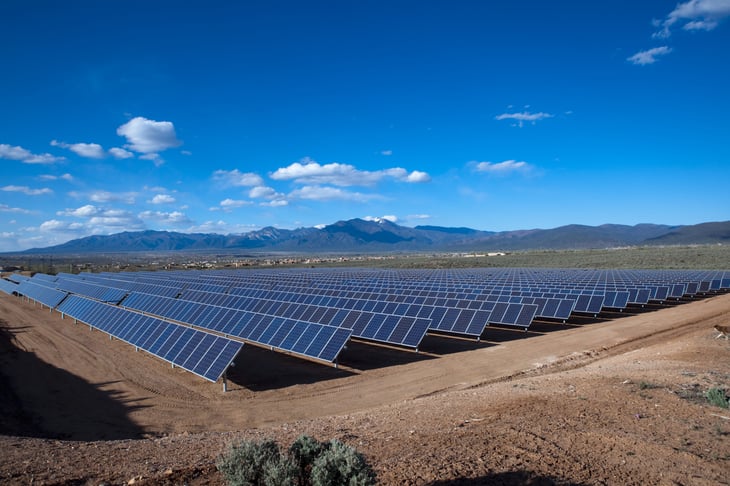
But it’s not all doom and gloom! There are two sides to every coin, and in this case, you can use your investing power and the money you’ve saved to invest in companies that might thrive with climate change.
Don’t just take my word for it, three scions of the Rockefeller family — the family that invented the oil economy in the 1890s — wrote in a New York Times op-ed that people with a significant amount of money to invest should not put that money into banks that continue to invest in technologies harmful to our future life on Earth.
Do Your Research

Many investors, including big, institutional investors like BlackRock, which has approximately $6.47 trillion of assets under management, have started to analyze companies according to how good they are to the environment, their employees and the people in their communities.
You can do your own research on how a company scores in terms of its sustainability at Sustainalytics.com, a subsidiary of the analysis firm Morningstar.
Whatever your values are, investing in companies and sectors that you think will last another 20 years is just common sense.
Rethink Optimistic Returns?

Some experts also believe that projecting hefty investment returns into the future may be overly optimistic. You may want to be extremely conservative with your overall rate of return projections.
4. Plan for Health Impacts

Extreme heat and cold can be kind of invigorating when you are young, but increasingly deadly as you age.
Protecting yourself from the health impacts of climate change should probably be a priority. No matter where you live, you are likely to experience some kind of increased medical risk.
According to the Medical Society Consortium, climate change is increasing the risk of heat related illness and worsening of chronic illnesses. There will also be an increasing likelihood of death from dangerous weather events and diseases from mosquitoes and ticks.
Sickness from food and water will become more prevalent as well as more mental health problems.
5. Review Your Household Budget and Inflation Projections

Inflation and deflation are among the biggest risks to retirees. And, while we hope that the recent big food cost increases are temporary, climate disasters can often impact farming making your grocery bill particularly concerning over the long haul.
The Global Sustainability Institute’s research believes that food prices could increase significantly by 2040.
In fact, their reporting suggests that food already costs twice as much now than it did in 2000 — though the increase is not entirely apparent to most people because processed foods are more prevalent and cheaper than natural foods.
6. Think Carefully About the Region Where You’ll Retire

Perhaps the most obvious climate change consideration with regards to your retirement is where you choose to live.
The traditional retirement destinations of Arizona and Florida may no longer be the best option. Arizona is forecast to be deathly hot and there is the risk that Florida will be underwater.
However, no area may be “safe.” Globalchange.gov reports that most regions across America could be impacted by climate change.
Climate Change Impact by Region
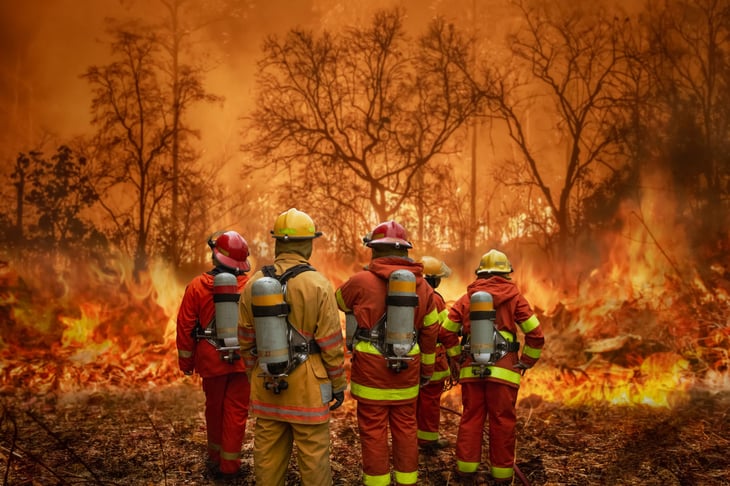
- Northeast: “Communities in the Northeast are affected by heat waves, more extreme precipitation events and coastal flooding due to sea level rise and storm surge.”
- Southeast: “Decreased water availability, exacerbated by population growth and land-use change, causes increased competition for water in this region. There are also increased risks associated with extreme events such as hurricanes.”
- Midwest: “Longer growing seasons and rising carbon dioxide levels increase yields of some crops, although these benefits have already been offset in some instances by occurrence of extreme events such as heat waves, droughts, and floods.”
- Great Plains: “Rising temperatures lead to increased demand for water and energy and impacts on agricultural practices.”
- Southwest: “Drought and increased warming foster wildfires and increased competition for scarce water resources for people and ecosystems.”
- Northwest: “Changes in the timing of streamflow related to earlier snowmelt reduce the supply of water in summer, causing far-reaching ecological and socioeconomic consequences.”
7. Assess Your Existing (and Future) Home for Risks

It appears that more and more people are thinking about climate related disasters when they determine where to live (and what they will pay to live there).
An analysis from University of Pennsylvania researchers found that the sales volume of homes in areas where 70% of developed land was less than 6 feet above sea level dropped by up to 20% between 2013 and 2018 and prices declined between 2018 and 2020. And, sales rose on less-vulnerable land.
And, analysis from Redfin, an online real estate company, found that when people have access to information on flood risks, they are likely to use that information to price what they are willing to pay for the home.
Redfin users who viewed homes with an average flood-risk score of 8.5 (severe/extreme risk) prior to the study went on to bid on homes with an average score of 3.9 (moderate risk) after gaining access to flood-risk data — a decrease of 54%.
By comparison, users who viewed homes with an average score of 8.5 before the study but did not get access to risk data went on to bid on homes with an average score of 8.5.
Resources to Help You Assess Your Home

Wondering about your current home? Or, where you might relocate for retirement? Here are some resources to help you assess where to live:
- Risk to a Specific Address: Climate Check and Risk Factor enable you to enter your address and discover potential risks.
- Future temperatures: This interactive tool projects what the climate will be like 60 years from now. Enter any U.S. city and it will describe a likely future for that location.
- Earthquakes: The U.S. Geological Survey has hazard maps for earthquakes
- Fire risk: Search for where fires have occurred or if your location is in the wildland-urban interface, fire prone areas.
- Sea level rise: Look up if your city is prone to flooding from sea level rise.
- Floods: The Federal Emergency Management Agency and the National Flood Insurance Program maintain flood maps.
8. Be Mindful of Home Insurance Costs

Homeowners insurance coverage varies greatly depending on where you live. You may require supplemental coverage to protect yourself from specific kinds of damage, but specialized insurance is becoming more costly, if available at all.
Learn more about how to reduce insurance costs.
Insurers may not be pricing in the impacts of climate change into their offerings. As such, they may not be able to pay out when natural disaster strikes.
Cynthia McHale, director of the insurance program for Ceres, a nonprofit group that pushes investors to pay attention to the financial risks of climate change, said in an interview earlier this month that neither insurers nor their government overseers have a good handle on the risks that climate change poses to insurers’ various financial assets.
McHale compared the situation to the one faced by big banks in 2008, when few sufficiently realized the magnitude of potential losses from the U.S. property bust.
Consider Self Insurance
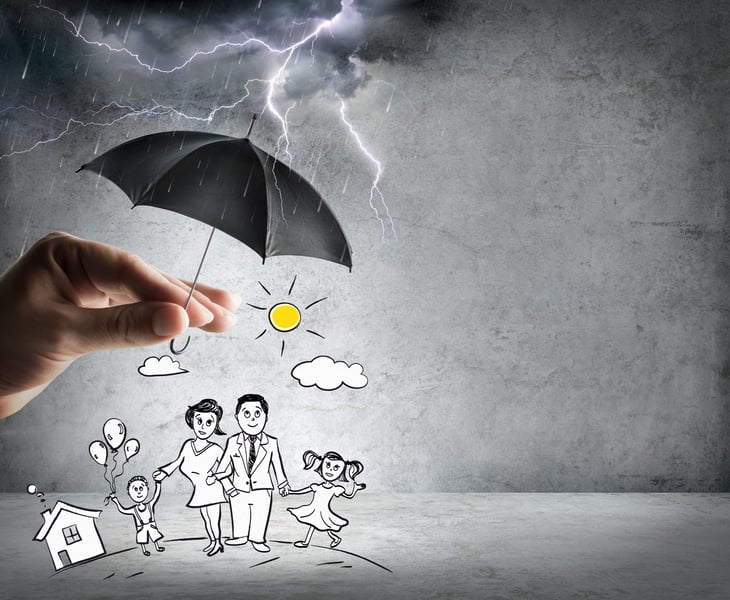
What’s worse is that insurers may also cease to provide certain types of coverage in certain areas. In California, some homeowners are finding that they are being denied fire insurance if their home is too close to rural land.
Depending on where you live, you may want to think through self insurance. At the very least, you will want to invest in the best insurance possible for your particular financial profile.
Home equity is usually the most valuable asset for any household. Protecting that equity from climate related disasters is really important to consider if retaining that wealth is a financial goal.
It is even more important if you are planning on using your equity to help fund retirement costs.
9. Think Through Added-On Weather-Related Costs
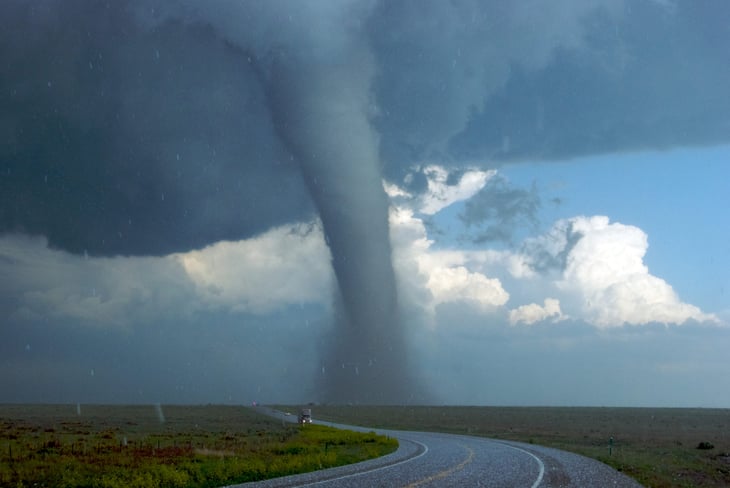
You may have your heart set on the dry, warm weather in Arizona or the pleasant tropical breezes coming off the Gulf in Florida, but in 10 to 20 years the cost of keeping comfortably cool in the Arizona desert or hurricane-proofing your house in Florida may be more than you budgeted for.
When planning where to retire, take into consideration the costs of protecting yourself from severe weather and possible disruptions to services that may result from those events.
Not only should you factor in the cost of state-mandated flood insurance in Florida, but you should also make sure your current home (or your new home if you relocate) is ready for whatever disasters might come your way.
10. Consider Your Future Self and How You Will Feel About Climate-Related Inconveniences
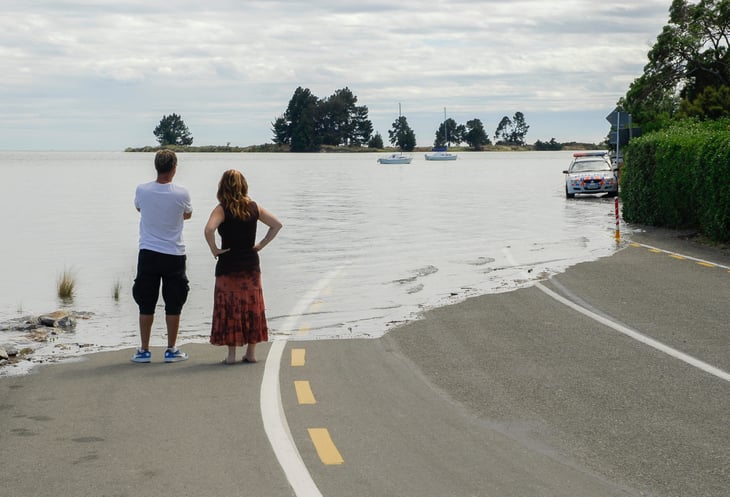
Sure, shoveling snow is a pain, but you can do it now. What about 10 years from now?
In another 20 years will you rely on a medical device that depends on electrical service? If your waterfront home floods, will you want to rebuild at 85?
Where you live now is critical to your finances and well being, but is your location ideal for your future self? Take a minute to imagine who you will be 5, 10, 30 years from now. And, imagine what you will need and want to thrive at that age.
Research suggests that imagining your future self is a good way to help you adequately plan and prepare for your future.
11. Have a Disaster Plan in Place

A great plan isn’t rigid and written in stone. A great plan is flexible and takes into account many contingencies. But, no matter where you live, you really need a plan, especially for the possible immediate impact of a disaster.
These plans should include:
- Emergency Funds: Many advisers recommend building up six months’ worth of emergency savings to cover unexpected job loss or other financial emergencies.
- Evacuation Plans: It is important to have a written list of how you are going to evacuate and what you need to do and get out of the home if you have to leave.
- Sheltering-in-Place Plans: In addition to evacuation plans, you also want to have supplies on hand to sustain you if disaster strikes but you are able to stay home.
- Communication and Reunification Plans: Make sure you have documented the telephone numbers of people important to you (in case you don’t have access to your phone) and where to meet up if you are separated from family members.
